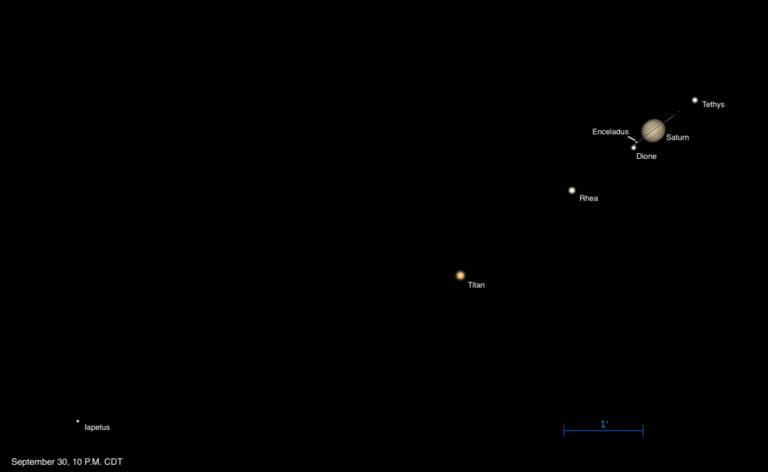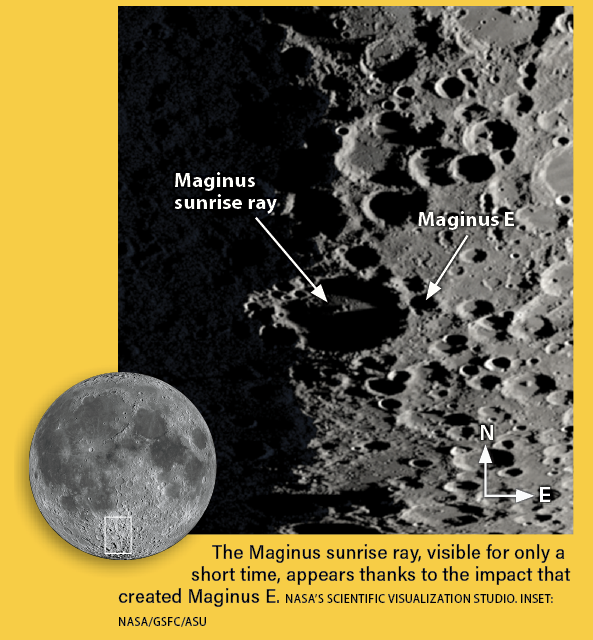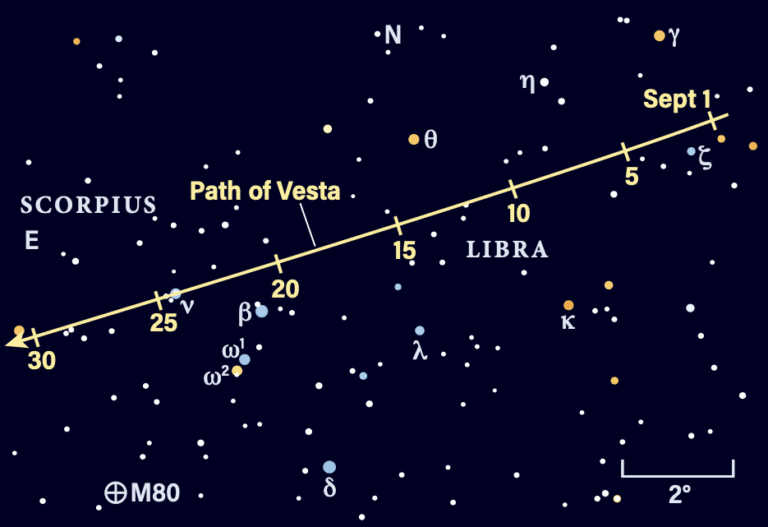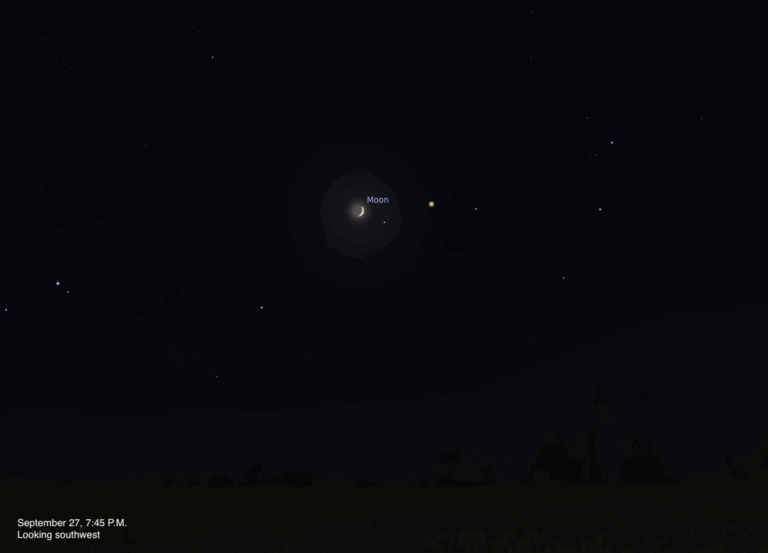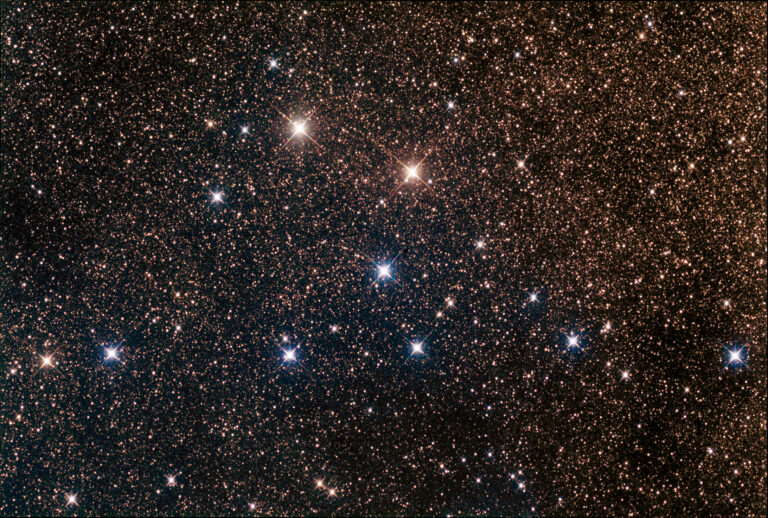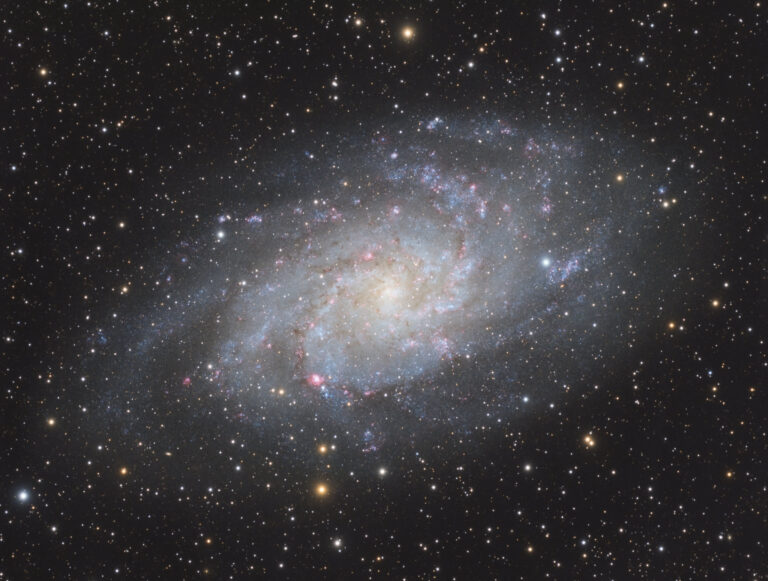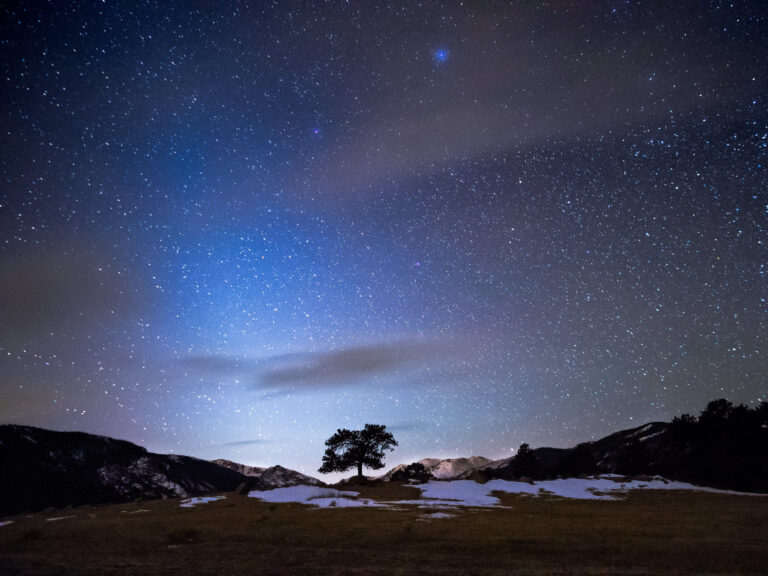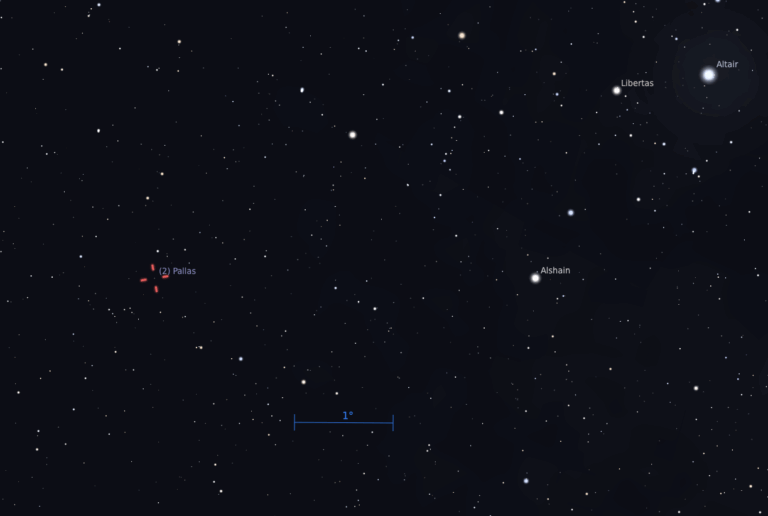Key Takeaways:
Q: Why do we still have meteor showers? If Earth is 4.5 billion years old, then it’s traveled through these meteor fields 4.5 billion times. So why haven’t all the meteors been pulled out of our orbit by now?
A: Since the moment it coalesced, Earth has had meteor showers. In the young solar system, the region near the Sun was crammed full of large objects that formed when the gravitational attraction among tiny particles brought them together. Meteorites (the largest of which could be called asteroids) continually struck Earth’s surface and even contributed to our planet’s eventual mass.
After more than 4 billion years, the space between the planets has been swept clean of that initial material. But visitors from the depths of the solar system keep replenishing the supply, if only by adding dust-size particles. These visitors are comets, frozen balls of dirty ice when far from the Sun. But when its orbit carries a comet close to our star, solar radiation boils the ice from its surface and creates a glowing tail of gas. It also releases particles of dust trapped in the ice, generating a second tail of dust that reflects sunlight.
This process, however, does more than produce a pleasant sight through a telescope or, occasionally, even to the naked eye. The released particles of dust persist, strewn along the comet’s path. If that path happens to cross Earth’s orbit, our planet will run into the particles at the same time each year. When it does, the particles enter our atmosphere and burn up, producing a meteor shower.
This can happen even if the comet is a one-time visitor that will never return. But the persistent meteor showers like the Perseids in August and the Geminids in December are created by periodic comets that do return. The most famous example of a periodic comet, and the first one recognized as such, is Halley’s Comet, which last came close to the Sun in February 1986. It orbits once every 75⅓ years, meaning it will again be closest to the Sun in 2061.
Each time a periodic comet returns to our neck of the woods, it replenishes the dust particles along its path, allowing us to enjoy meteor showers to this day.


